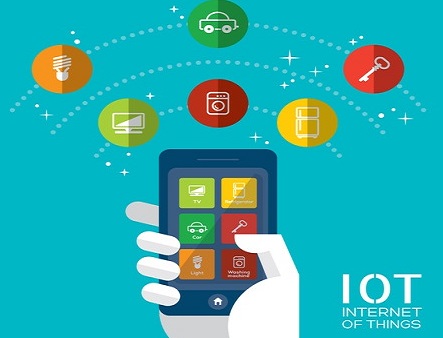
The National Plan for the Internet of Things (IoT) received 2,288 contributions from society in the public consultation opened by the Department of Information Technology Policy of the Ministry of Science, Technology, Innovations and Communications. Closed on February 6, the consultation opened a channel of communication with the population to receive subsidies for the construction of the plan. The results will be discussed by the IoT Chamber, created by the Brazilian government in 2014, which has the participation of MCTIC and 42 other government agencies, representative entities and Brazilian research centers.
Suggestions sent to the Ministry of Science, Technology, Innovations and Communications will help to build a national policy with actions aimed at developing the IoT market in Brazil until 2022. The consultation opened a channel of communication with the population and the results will be discussed by the Internet of Things Chamber, created by the government with the participation of MCTIC and other 42 government agencies, representative entities and Brazilian research centers.
Along with society's suggestions, a study requested by MCTIC in partnership with the National Bank for Economic and Social Development (BNDES) will serve as the basis for the plan, whose guidelines should be announced in the coming weeks.
The consultation had 23,000 unique hits, which resulted in 2,288 contributions on major topics related to the IoT, addressed in a series of questions. On average, each question received 15 responses.
"Popular participation is essential for us to build a public policy that is effective and that contemplates what society and the Brazilian IoT sector yearn for. We had a very good number of contributions and, now, we are going to use this material to build a National Plan for more robust IoT", said the Secretary of Information Technology Policy, Maximiliano Martinhão.
Demand was the leading area in terms of participation, with 387 contributions. Research and Development (257); role of the state (226); technological supply and composition of ecosystems (225); and regulatory affairs (219) follow closely behind. The following topics were also consulted: security and privacy, which had 185 participations; networks and data transport, with 163 contributions; human resources and support for applications and services, which received 139 suggestions each; gateways and devices, with 131 suggestions; infrastructure management, which had 108 contributions; investment, financing and promotion, with 64 responses; and aspirations, with 42 participations.
The plan
The National IoT Plan will serve to guide public actions and policies for the sector until 2022. The guidelines should be presented by the MCTIC in the coming weeks. "The National Plan for the Internet of Things will help us to make very significant advances in heating up the economy and generating jobs. A series of things Brazil already has: cutting-edge research in information technology, qualified labor and a large and very strong market. This document will stimulate national development", highlighted the Minister of Science, Technology, Innovation and Communications, Gilberto Kassab.
ABES contributions
Connected world












